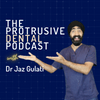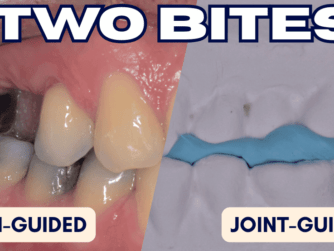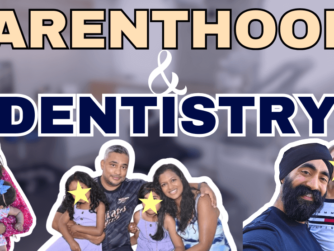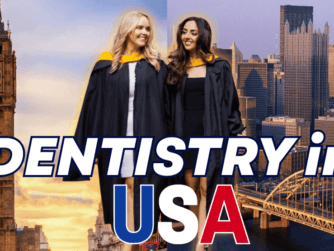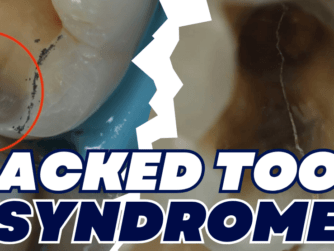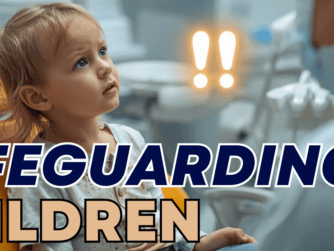Podcast: Play in new window | Download (Duration: 16:58 — 25.9MB)
Subscribe: RSS
As part of Documentation Month, Jaz dives into the crucial realm of documenting dentistry. In this episode, he shares four methods he utilizes to document his daily dental practice, followed by six compelling reasons – in reverse order – why documenting your dentistry is indispensable. So, get ready as we count down from six to one!
But first, let’s recap: In our previous episode, we explored the marvels of employing AI to automate note-taking, saving precious time and boosting efficiency. If you missed it, make sure to catch NEVER WRITE NOTES AGAIN! HOW I USE AI FOR AWESOME AND EFFICIENT DENTAL RECORDS – PDP181.
Highlights of this episode:
00:53 Utilizing Intra-Oral Camera
2:30 Investing in good DSLR Camera
3:16 Documenting with Intra-Oral Scans
3:51 Camera Mounted on Loupes
4:56 Portfolio Building
7:34 Monitor Changes
9:00 Patient Communication
11:35 Good Mentorship
13:24 Medico-Legal
14:29 Fulfillment in Dentistry
Access the CPD quiz through our app on https://www.protrusive.app, either on your browser or by downloading our mobile app. For the full educational experience, our Ultimate Education Plan gives you access to all our courses, webinars, and exclusive monthly content.
Join us on Protrusive Guidance, our own platform for dental professionals. No need for Facebook anymore! 😉
If you loved this episode be sure to watch 6 Signs You are a Comprehensive Dentist – IC010
